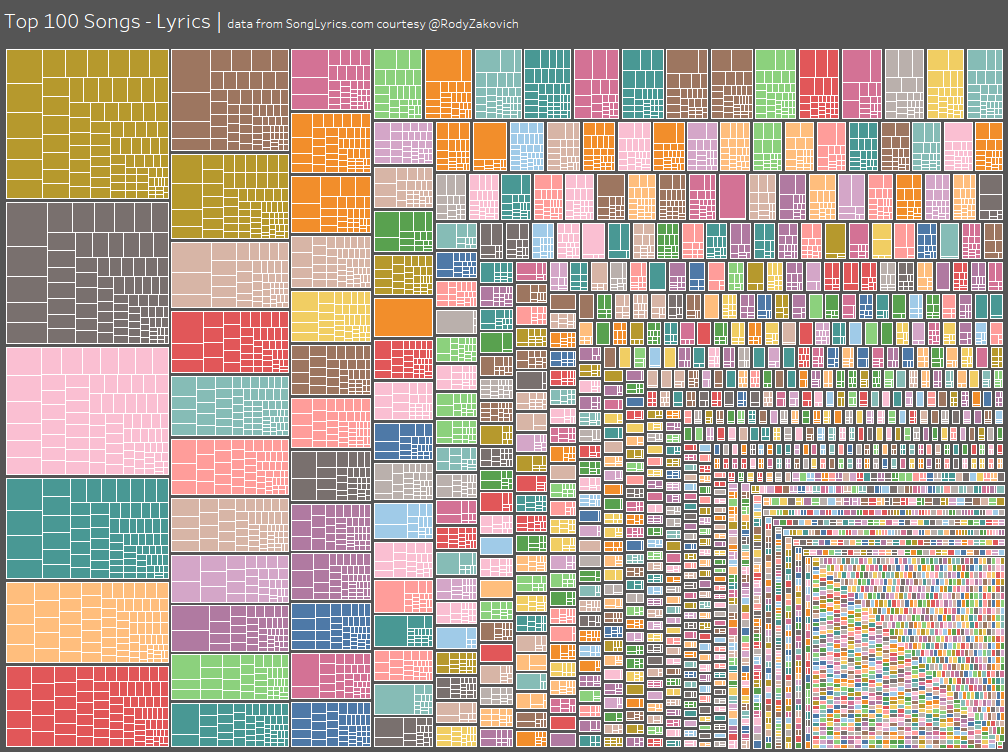The Tableau data visualization above, found at Tableau Public, shows the "Top 100 Songs...
News
read more
Now Accepting Applications for Oma-DSA
We are now accepting applications for the June 2017 cohort of the Omaha Data Science...
A Celebration of CAN's Best Ideas
Contemporary Analysis 2017 ebook coming soon! In celebration of CAN's forthcoming 10th...
Predictive Analytics: Why should you use it?
We get asked quite frequently: Why should my company invest in predictive analytics? Why...
Why People Adopt Technology
CAN’s product roadmap is driven by: Who adopts new technology Why they adopt new...
The Advantage of Hiring an Hourly Data Scientist
Any person you hire for your team is an investment. You take careful steps to ensure...
Silicon Prairie Publishes Article on Omaha Data Science Academy
The first run of the Omaha Data Science Academy proved successful. Already 4 of the 6...
The Second Class of the Oma-DSA has SOLD OUT!
The next Omaha Data Science Academy cohort starts June 13th. Beat the competition and...
Guest post: Grant Stanley of Bric
Every week CAN will highlight a past or present CAN employee as part of a CAN alumni...


